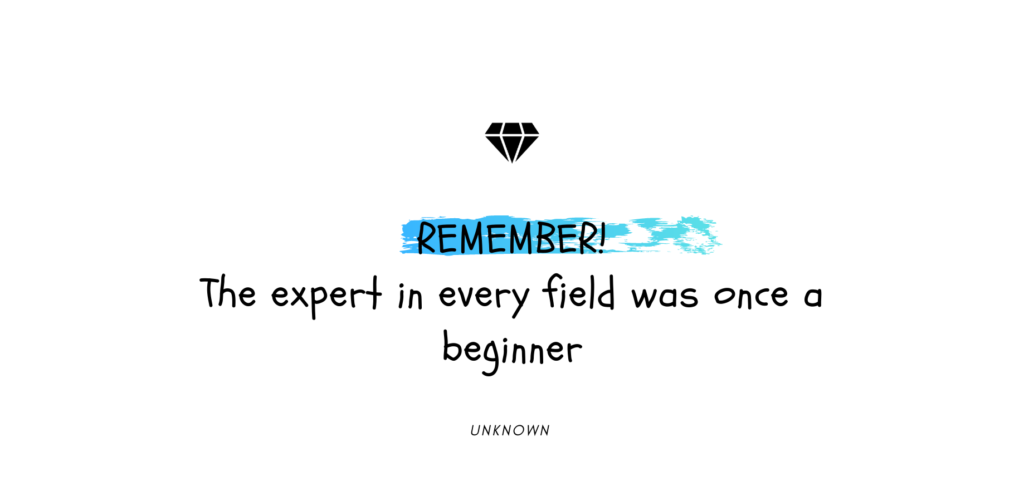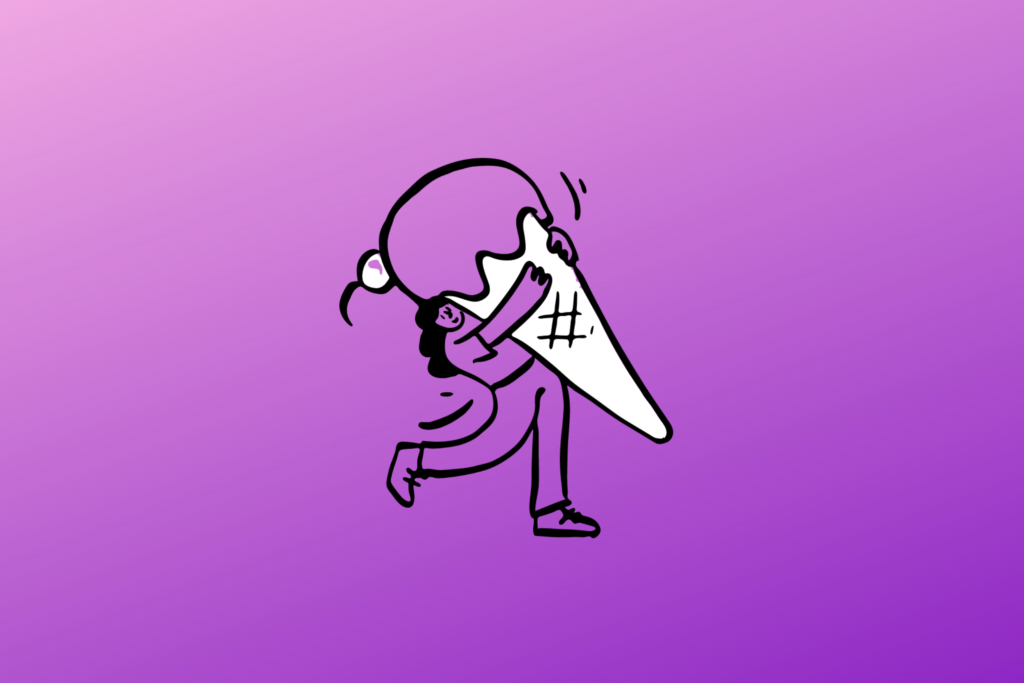The Hospital Hierarchy Explained
11th january 2021

The Hospital Hierarchy is a real (and daunting) thing. If you are new to the hospital (interns, medical students), you may find yourself wondering who all the other doctors are (and what level they function at). Firstly, imagine a ladder. Then, imaging each rung on the ladder is occupied by a doctor with different level of ‘doctoring’ experience. The “bottom” rung is occupied by interns and resident medical officers and the “top” rung is occupied by consultants. In time, as you climb each rung of the ladder you are rewarded with more responsibility and a fatter paycheck.
Personally, I don’t agree with this hierarchy (and it’s one of the many reasons I left hospital medicine). More on that later.
In theory, it makes sense to have different levels of doctors forming a cohesive team. However, there are numerous follow-on effects that stem from this so-called ladder that can result in a poor workplace dynamic. As the eloquent proverbial saying goes, “shit flows downhill”. Moreover, often those most vulnerable to this hierarchy are junior doctors (interns and residents). As a result, this imbalance of power can often make it difficult for junior doctor’s to have a voice against the esteemed “top” rung of doctors. In addition to this, many junior doctor’s do not feel comfortable speaking up when their prospects in their chosen specialty rely on their boss liking them and providing a good reference.
Furthermore, this hierarchy assumes that the skills relevant to being a doctor are acquired as you climb the ladder. It assumes that the people at the top of this ladder are the go-to authority on the clinical, ethical and professional conduct of doctors.
To put this in perspective, I’ve seen interns with better bedside manner than consultants. Also, I’ve seen residents take more accountability for their patients than registrars. In summary, just because someone is more senior to you, doesn’t mean they are automatically a make them a better clinician. Whilst they may have mastered the ‘science of medicine’, in a lot of cases the ‘art of medicine’ leaves a lot to be desired. Nowadays, people enter medical training with a wealth of background experience and knowledge. I would argue that we all have skills to bring to the table and it’s important to recognise and learn from your colleagues.*
Anyway, for those of you who are new to the hospital, here’s a breakdown of the Hospital Hierarchy:
Intern: That’s you. The newbie on the block. Bright eyed, bushy-tailed and fresh out of medical school. You have all the enthusiasm of a horse at the starting gates on Melbourne Cup day. You’re eager to learn and be useful. Never lose that enthusiasm.
Resident Medical Officer (RMO)/Junior House Officer (JHO): Like an intern on turbocharge. These guys are able to churn out jobs after a ward round like its nobody’s business. They’re simultaneously signing a medical certificate, calling radiology and finishing the ward round note all at once. They know all the relevant authorities in the hospital and how to make things happen. They also know the best spots for lunch and how to deal with difficult situations and/or people. Ask them about this. They are a wealth of knowledge.
Senior RMO (SRMO)/Senior House Officer (SHO): The kings and queens of residency (and electronic medical records). They’ve been around the block and then some. They know the hospital like the back of their hand. Depending on where they work, a good SHO/SRMO knows enough to function as a junior registrar. Once again, a very useful resource for all new doctors.

Principal House Officer (PHO): These are unaccredited registrars that are usual vying for a position on a competitive training pathway (think surgery, O&G, medicine). They work as junior registrars whilst they build up their CV and gain more experience in their chosen specialty. These guys work hard. They may seem stressed/rushed/annoyed at times, but that’s usually because they are under a lot of pressure themselves.
Registrar (Reg): Ba-da-boom. These guys have made it onto their specialty training program. This means they’ve successfully secured themselves a spot on the path to becoming a consultant. They’ve done research, sat interviews and passed exams. Smart people with a wealth of clinical knowledge. Ask them lots of clinical questions – they are the best source of learning.
Advanced Trainee (AT)/Senior Registrar (Snr Reg): These guys run the show when the consultant isn’t around. They have specialised knowledge and know how to manage most cases.
Fellow: Usually someone who is a year or two away from being a consultant. Depending on the specialty, fellows usually train in a sub-specialty of their interest or undertake more research during this time, before they qualify as consultants.
Consultant (Cons): The big boss. The top dog. Depending on your rotation, you may see this person a little or a lot.
Whilst the hospital hierarchy can be daunting at times, it is important to remember that at the end of the day, we are all humans. Here’s hoping that no matter what “rung” on the ladder you occupy, you will treat your colleagues and patients with respect. Always.
Team work makes the dream work,
xx
Doctor Nisha
*Disclaimer: Always practice within your scope and ask for help if you need it.*








